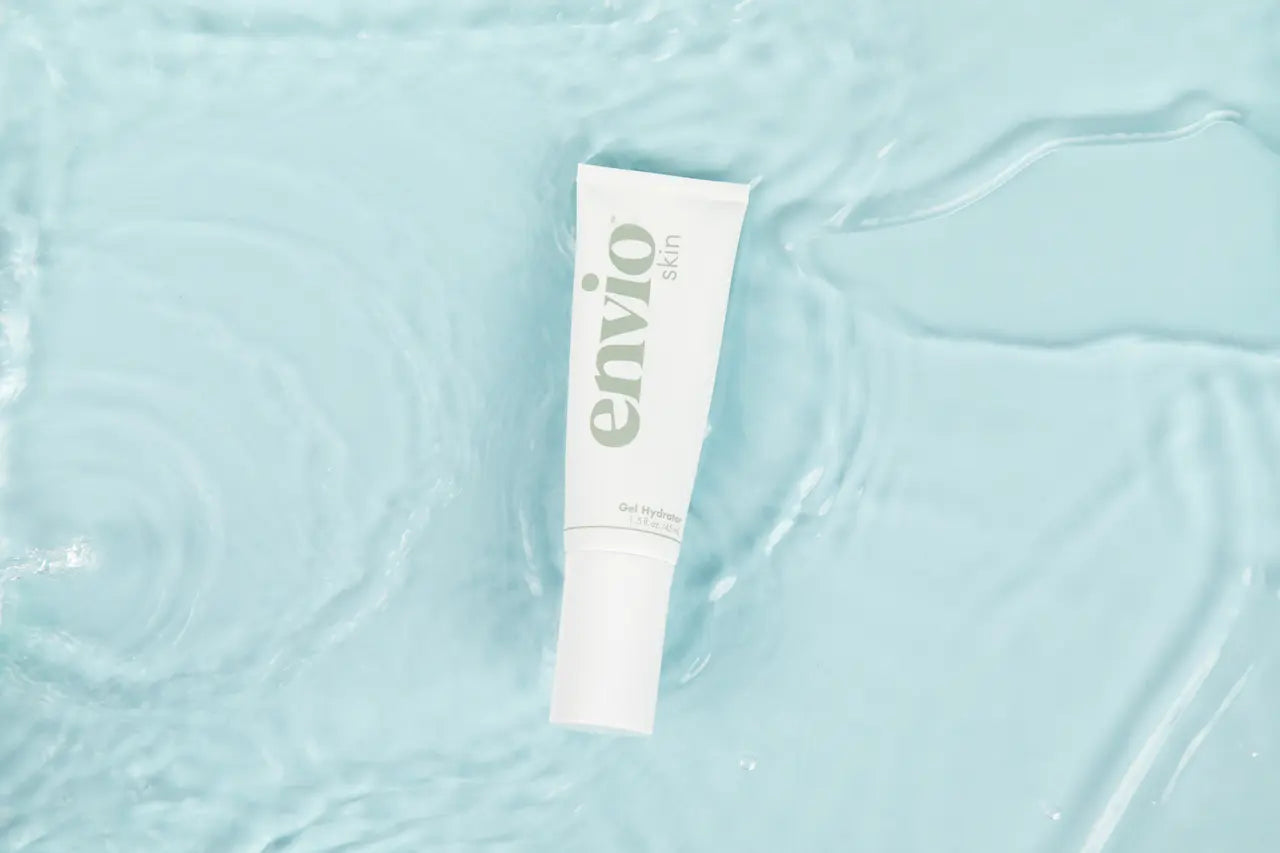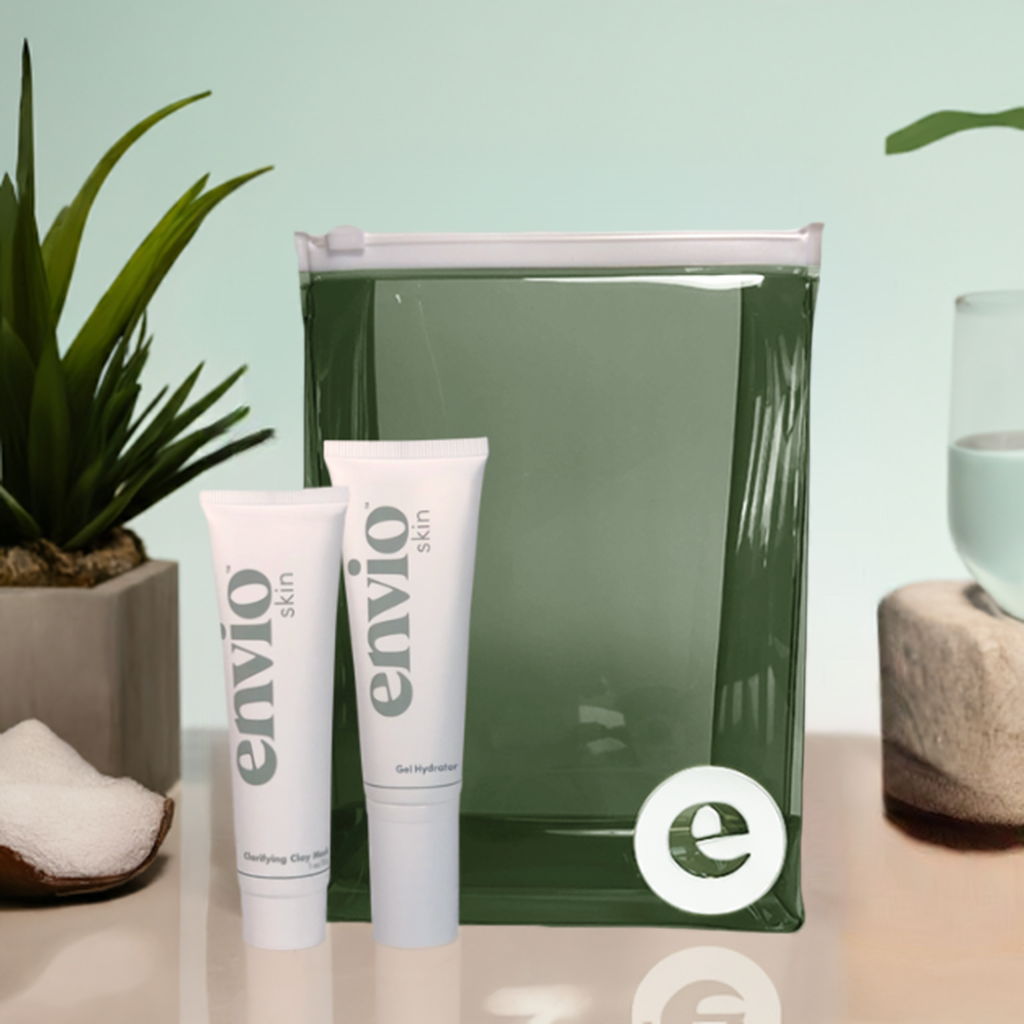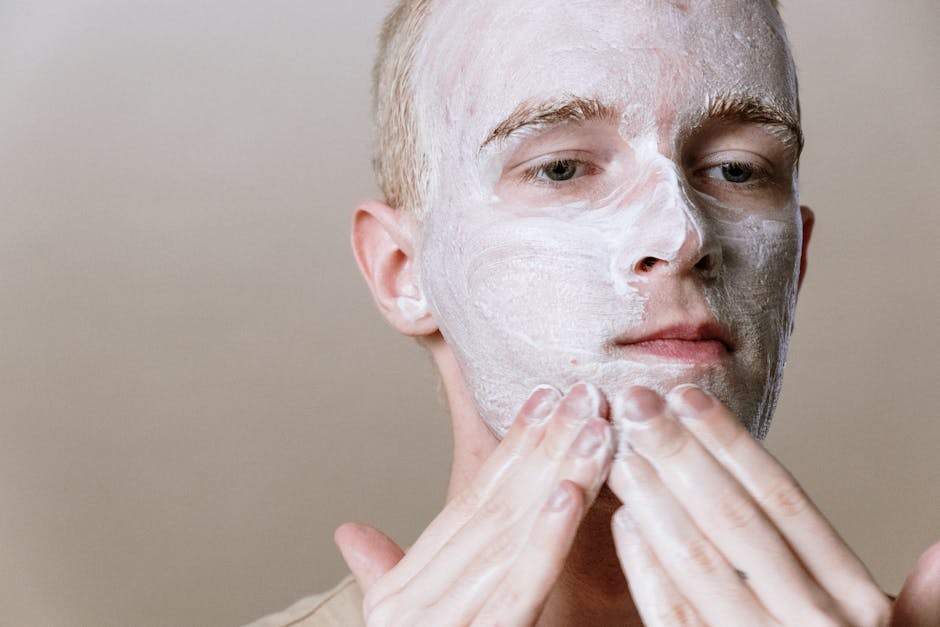The 3 Biggest Mistakes People Make with Oil Control Moisturizer and How to Avoid Them

1. The Sneaky Ingredients Secretly Making Your Skin Greasier
Do you find yourself diligently applying that ‘oil control moisturizer,’ only to end up feeling greasier than ever? It’s time to take a closer look at the ingredients list. Some oil control moisturizers contain sneaky additives that can actually worsen your skin’s oiliness. Ingredients like silicones, artificial fragrances, and certain alcohols can disrupt your skin’s natural balance, leading to increased sebum production. To avoid this mistake, opt for oil control moisturizers with non-comedogenic and mattifying ingredients that help regulate oil without clogging pores.
Moreover, be wary of mineral oils and petrolatum in oil control products. While they can initially give the skin a matte appearance, they may create a barrier that traps sebum underneath, causing breakouts and a shiny complexion later in the day. Look for oil control moisturizers that are water-based or oil-free, as they are less likely to exacerbate greasiness. By choosing products with carefully selected ingredients, you can effectively manage oil control while keeping your skin healthy and balanced.
Reading product labels and understanding the function of each ingredient is key to avoiding the trap of seemingly ‘oil control’ moisturizers that might be sabotaging your efforts. Remember, not all oils are bad for your skin; some are actually beneficial. Opt for products that contain natural oils like jojoba, grapeseed, or tea tree oil, known for their balancing and soothing properties. Don’t let misleading labels fool you – take charge of your skincare routine by making informed choices that support your skin’s needs.
2. Unveiling the Common Misconceptions About Oil-Free Products
One common mistake people make when it comes to oil control moisturizers is assuming that ‘oil-free’ products are the solution to oily skin. While it’s true that oil-free formulations can help reduce shine, they are not a one-size-fits-all solution. In fact, some oil-free products compensate for the lack of natural oils by increasing other ingredients that might aggravate oil production. It’s important to understand that the key lies in finding the right balance for your skin type.
Additionally, another misconception is that using harsh cleansers or stripping products will help control oiliness. However, over-cleansing or using products that are too drying can actually signal your skin to produce more oil to compensate for the loss. This counterproductive cycle can lead to even oilier skin and potential irritation. Instead, opt for gentle cleansers and oil control moisturizers that work in harmony to regulate sebum production without disrupting the skin’s moisture barrier.
When choosing oil-free products, focus on lightweight formulas that are specifically designed to balance oil production while providing hydration. Look for ingredients like niacinamide, hyaluronic acid, and salicylic acid, which can help control oil without causing dryness. By debunking the myths surrounding oil-free products and taking a tailored approach to your skincare routine, you can achieve a healthy, shine-free complexion without compromising your skin’s natural equilibrium.
3. The Surprising Impact of Over-Cleansing on Your Skin’s Balance
You may think that the more you cleanse your skin with oil control products, the better your oiliness will be managed. However, over-cleansing can disrupt your skin’s delicate balance, leading to a rebound effect of increased oil production. Your skin has a natural protective barrier that can be compromised by harsh cleansers, especially those with high alcohol content or strong surfactants.
To prevent this mistake, opt for gentle, non-stripping cleansers that respect your skin’s pH levels and don’t strip away essential moisture. Cleansing your face twice a day with a mild, oil-free cleanser can help remove excess oil and impurities without over-drying the skin. Remember, maintaining a healthy skin barrier is crucial for oil control, as it prevents water loss and ensures your skin stays balanced throughout the day.
Instead of trying to combat oiliness with aggressive cleansing routines, focus on using oil control products strategically and complementing them with a well-rounded skincare regimen. Incorporate products that target specific skin concerns like excess sebum production or enlarged pores without compromising your skin’s overall health. By striking the right balance between cleansing and nourishing your skin, you can achieve long-lasting oil control without disrupting your skin’s delicate harmony.




Comments